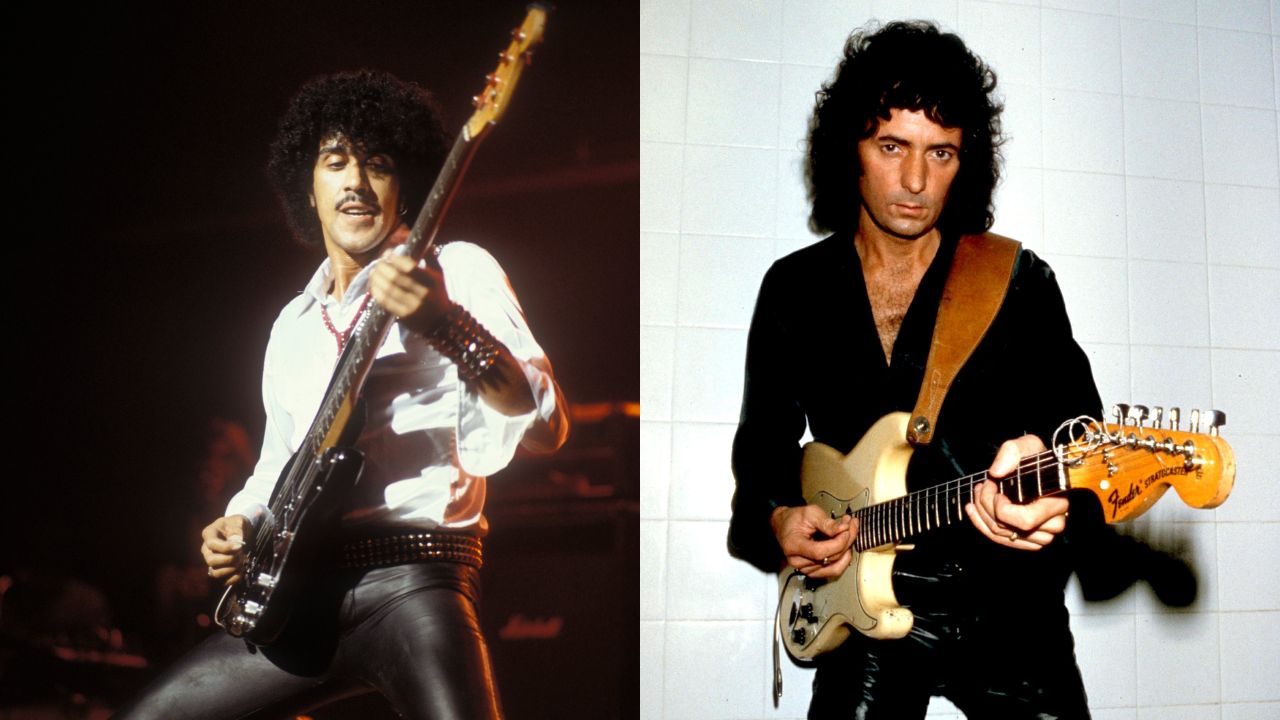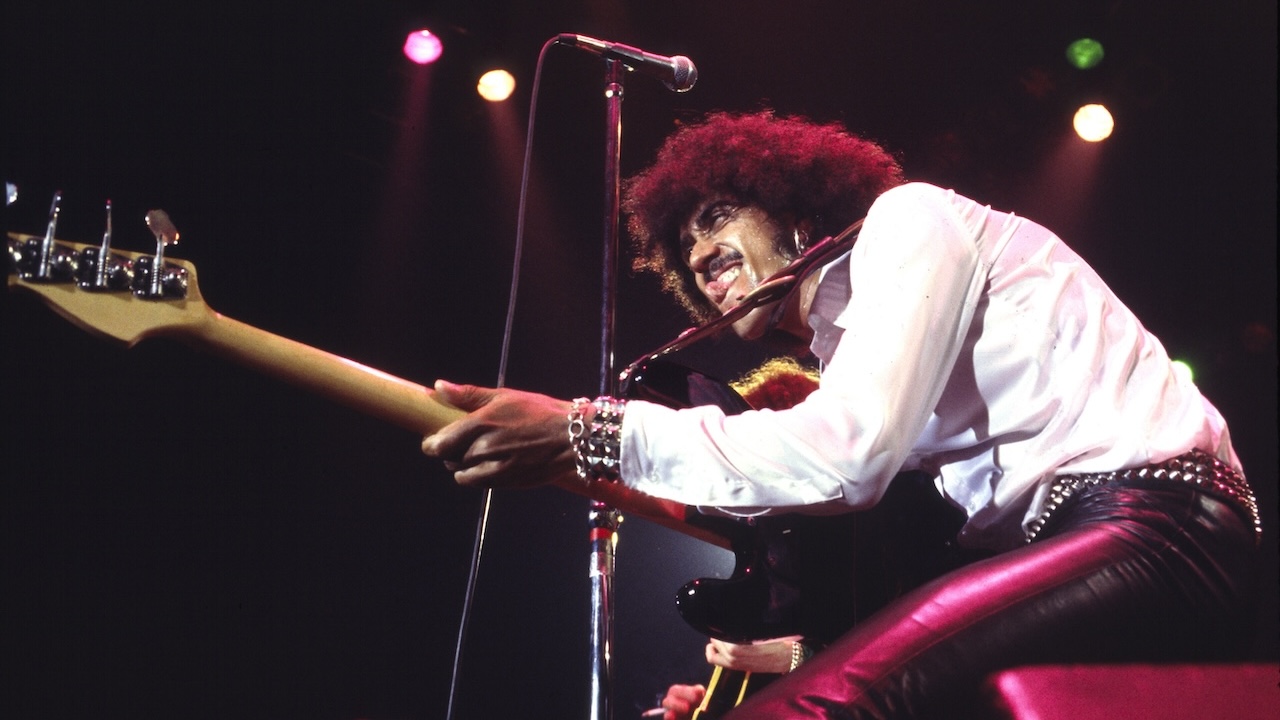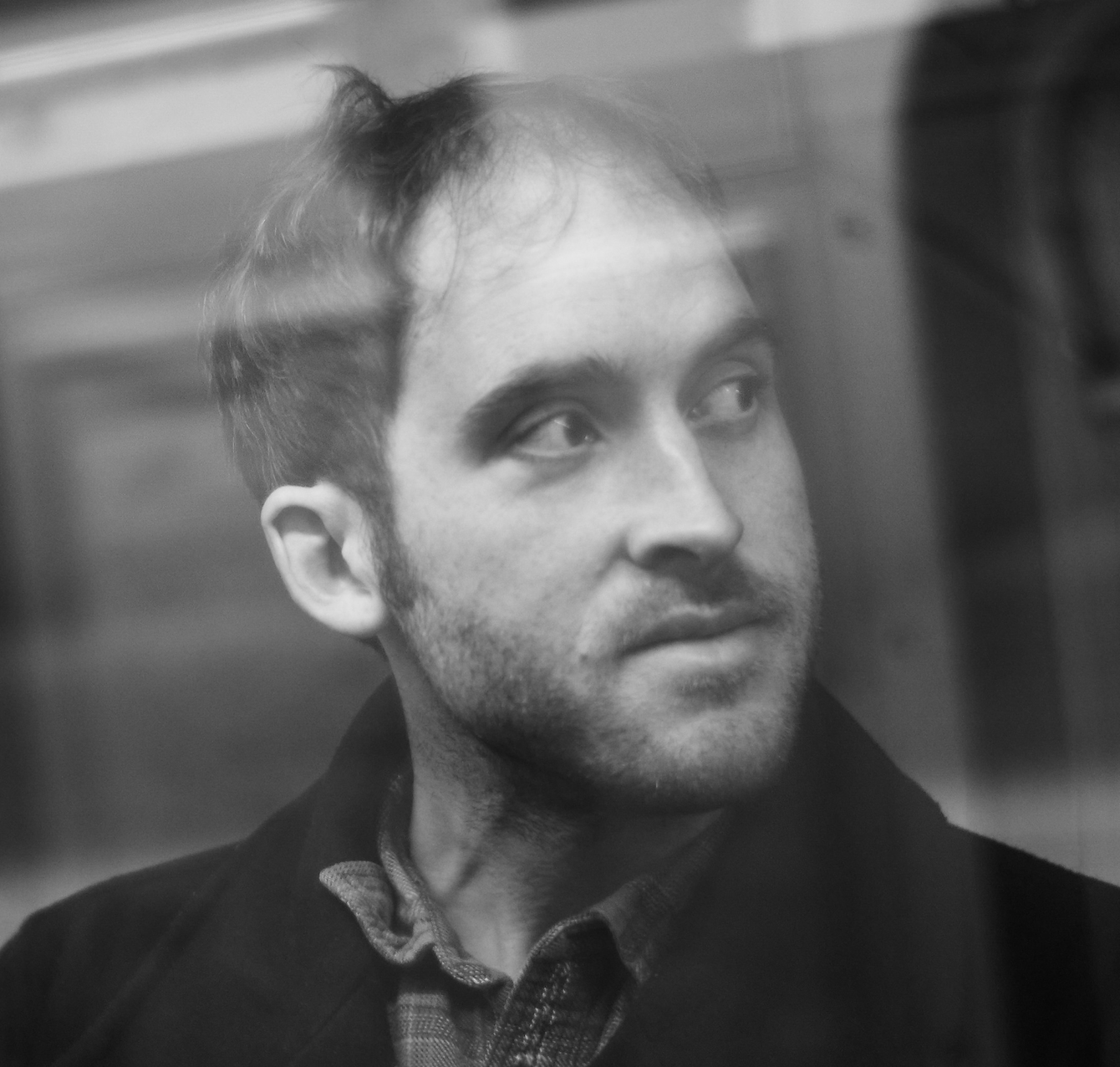“His voice was staggering, but the bass playing had to be on a par with someone like Jack Bruce. And Phil wasn’t there yet”: How Phil Lynott narrowly missed the chance to form a supergroup alongside Deep Purple guitarist Ritchie Blackmore
The name Baby Face would end up being used as a song title on Thin Lizzy’s next album

If Fleetwood Mac can offer the ultimate in progressive rock ’n’ roll soap operas thanks to a turbulent history of personnel changes, casualties and group crises, the saga of Thin Lizzy would have run them a close second.
In their early ’70s heyday, no band had more potential to make the world their own than Lizzy. They were old-fashioned grafters who toured constantly, worked hard and played hard, learning fast in the process, but somehow never managing to get all the pieces of the jigsaw to fit quite at the same time.
Bestriding the stage like a leather-clad rock god, bassist Phil Lynott was the heart of Thin Lizzy and its songs, but in late 1972 he was poised to take a step back from his role as the band's frontman – with Deep Purple’s Ritchie Blackmore and drummer Ian Paice offering him a chance to form a truly supreme supergroup.
“Ritchie was getting fed up with Deep Purple, and he and lan were getting set to leave,” said Lynott in an interview from the Bass Player archives.
“He came down to see us, and then asked me to come round and have a go. We just went into the studio and played a couple of things as a trio, but he was thinking of adding Paul Rodgers on vocals as well.”
Settling on the name Baby Face, the mental image of Blackmore and Lynott on stage together is awe-inspiring, although it was never to be, unfortunately.
“Phil’s voice was staggering, wonderful,” Ian Paice told Classic Rock. “But he couldn’t play, at least not to the standard that we needed.”
All the latest guitar news, interviews, lessons, reviews, deals and more, direct to your inbox!

“He was quite often out of tune and out of time. And although he became really, really good at everything he did, at that point he wasn’t. The bass playing had to be on a par with someone like Jack Bruce. And Phil wasn’t there yet.”
Phil Lynott was a poet, and he wore his heart on his sleeve as a lyricist. As a bassist, he wasn’t a technician, but with Thin Lizzy he didn’t need to be; his basslines always sat perfectly between the drums and the duelling guitars.
“Phil was a big entertainer onstage, but you can’t be Jaco Pastorius while you’re trying to talk to the audience and pull them into the music,” said guitarist Scott Gorham. “You’ve got to keep things level in order to bring an arena-sized crowd into a ‘club’ kind of feel, which is a real art in itself. And he was able to do that.”
Lynott used several basses throughout his career, but for fans, his black Fender Precision with a mirrored scratchplate was the favoured instrument. He used the scratchplate to highlight crowd members from his vantage point on the stage.
Thin Lizzy would end up using Baby Face as a song title on the band’s next album, Shades of a Blue Orphanage. Several members of the band would also record a Deep Purple tribute album in 1972 under the name Funky Junction.

Nick Wells was the Editor of Bass Guitar magazine from 2009 to 2011, before making strides into the world of Artist Relations with Sheldon Dingwall and Dingwall Guitars. He's also the producer of bass-centric documentaries, Walking the Changes and Beneath the Bassline, as well as Production Manager and Artist Liaison for ScottsBassLessons. In his free time, you'll find him jumping around his bedroom to Kool & The Gang while hammering the life out of his P-Bass.
You must confirm your public display name before commenting
Please logout and then login again, you will then be prompted to enter your display name.
